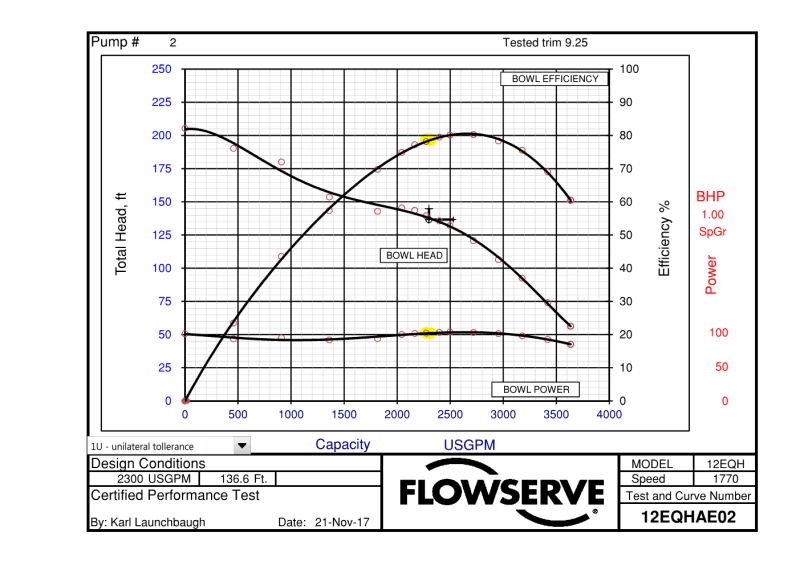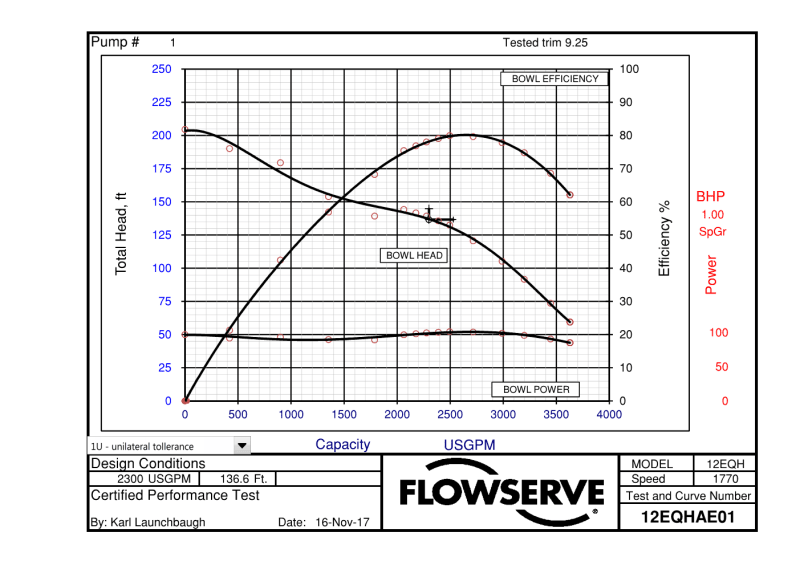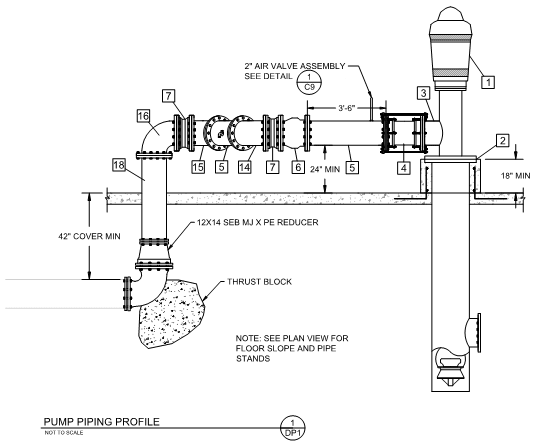UtahWater
Civil/Environmental
- Oct 30, 2003
- 36
Please help me understand flows in a newly installed pump station. Two booster pumps that came with NW factory tests have materially identical performance curves, yet in practice, they produce identical discharge head, but with 7% difference in flow. How theoretically or practically is that possible? The 7% makes quite a difference in this application. Thank you!



